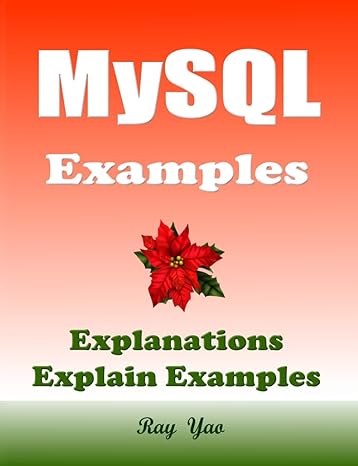Question
Consider the following 16-bit floating point representation based on the IEEE floating point format: There is a sign bit in the most significant bit. The
Consider the following 16-bit floating point representation based on the IEEE floating point format:
There is a sign bit in the most significant bit.
The next seven bits are the exponent. The exponent bias is 63.
The last eight bits are the significand.
The rules are like those in the IEEE standard (normalized, denormalized, representation of 0, infinity, and NAN). As described in class, we consider the floating point format to encode numbers in a form:
(-1)s * m * 2E
where m is the mantissa and E is the exponent.
A) What is the value of E for the smallest value > 1?
Group of answer choices
62
-63
-62
0
63
B)
What is the value of the smallest value > 1?
Group of answer choices
13/256
257/256
126/127
256/255
255 X 2 ** -70
C)
What is the hexadecimal representation of the largest denormalized value?
Group of answer choices
3F01
013F
FF00
8000
00FF
D)
What is the value of m for the largest denormalized value?
Group of answer choices
255/256
127/128
254/255
126/127
257/256
Step by Step Solution
There are 3 Steps involved in it
Step: 1

Get Instant Access to Expert-Tailored Solutions
See step-by-step solutions with expert insights and AI powered tools for academic success
Step: 2

Step: 3

Ace Your Homework with AI
Get the answers you need in no time with our AI-driven, step-by-step assistance
Get Started


